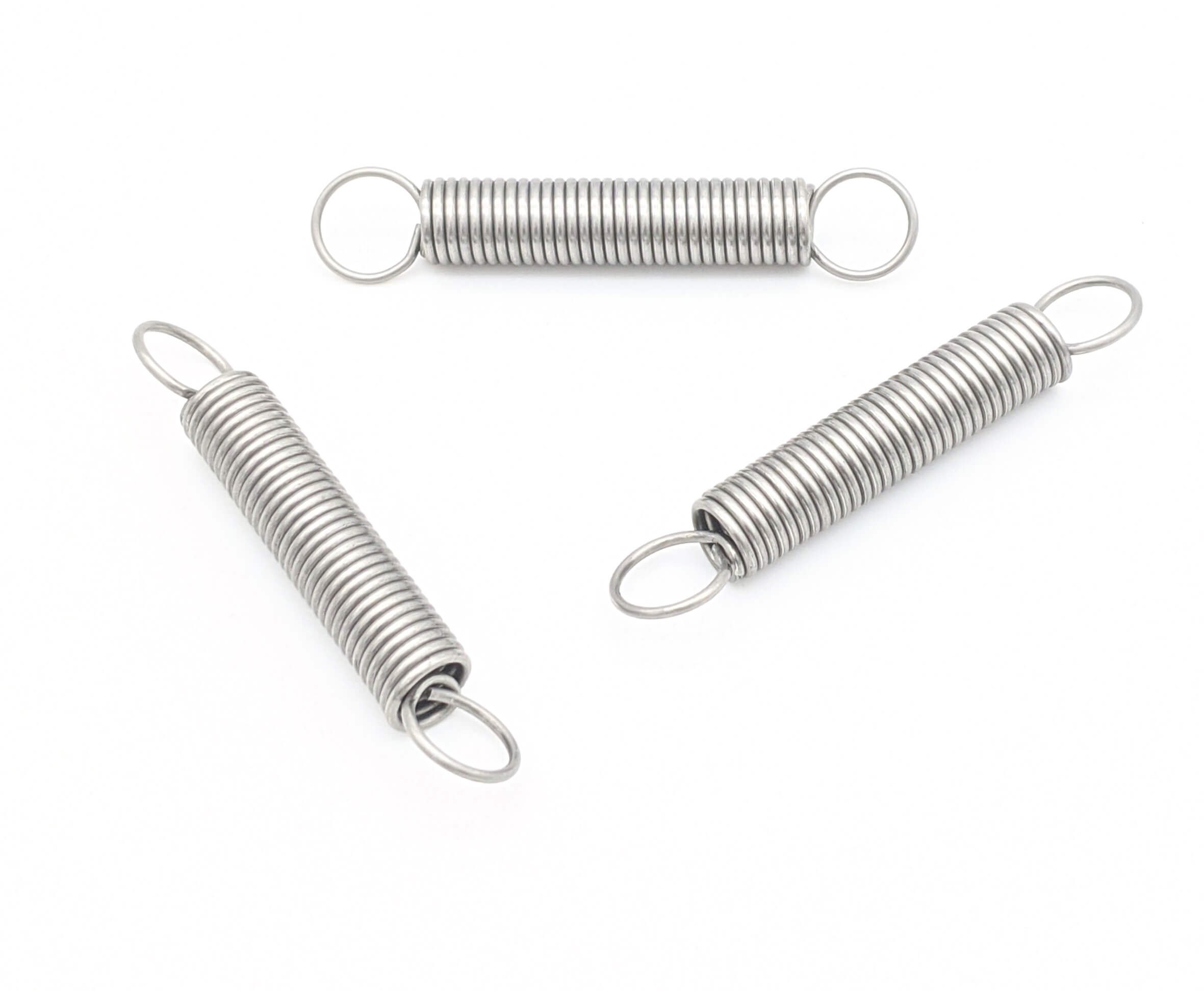Get unique, complex parts easily. No matter your requirements, Chaoyi Spring creates hard-to-produce coil springs and wire forms.
Let us help you create the custom wire form you need, from S-hooks and J-hooks to utility hooks and more.
We work closely with customers across a wide range of industries, helping them design and manufacture made-to-order parts.
Why choose Chaoyi Spring? We prioritize customer-focused collaboration, modern equipment and the latest technology to make your parts per print.
Find the information and guidance you need, from measuring a spring to learning about materials, placing an order and much more.
Choosing the right type of spring for your garage door is crucial for its smooth operation and safety. There are two main types: torsion springs and tension springs. Torsion springs


Choosing the right type of spring for your garage door is crucial for its smooth operation and safety. There are two main types: torsion springs and tension springs. Torsion springs are usually the preferred choice for most modern garage doors, known for their power and durability. Tension springs, on the other hand, are often found in older garage doors and offer a more affordable option. This article will delve into the differences between these two types of springs, helping you decide which one is ideal for your garage door.

Garage door springs are essential for counterbalancing the weight of the door, making it easy to open and close. Without them, lifting and lowering the door would be a strenuous task. The two primary types of garage door springs, torsion and tension, each have their unique characteristics and applications.
Torsion springs are the most common type found on modern garage doors. They are located above the door, typically attached to a shaft that runs parallel to the door. When the door is opened, the torsion spring unwinds, providing the necessary force to counterbalance the door's weight. Torsion springs are known for their:
However, torsion springs can be more complex to install and require professional expertise due to the high tension involved. Also, the replacement process might be more involved.
Tension springs are usually found in older garage doors and are located on each side of the door, attached to the track. They work by extending as the door opens, providing lifting force. Tension springs are typically:
However, tension springs have some drawbacks:
Deciding which type of spring is best for your garage door depends on several factors:
Regardless of the type of spring you choose, professional installation is highly recommended. Garage door springs are under high tension and can be dangerous if not handled correctly. A qualified technician can ensure proper installation, adjustment, and lubrication of the springs, maximizing their performance and safety.
Regular maintenance is crucial to extend the lifespan of your garage door springs. Here are some tips:
Understanding the differences between torsion and tension springs is essential for choosing the right option for your garage door. While tension springs may be more budget-friendly, torsion springs offer superior lifting capacity, durability, and safety. Always prioritize professional installation and regular maintenance to ensure the smooth and safe operation of your garage door.
By understanding the advantages and drawbacks of each type of spring, you can make an informed decision about the best option for your garage door. Remember, investing in quality springs and professional installation can significantly enhance the longevity, safety, and overall performance of your garage door.
Browse some of the custom wire forms and springs that we manufacture. Don’t see what you need? We specialize in made-to-order products that meet your application requirements.
Visit Our GalleryNeed a custom wire form or coil spring? We make it work. Fill out the contact form and a representative will respond within 1 business day. If you have a PDF or CAD file, you can submit to request a quote.